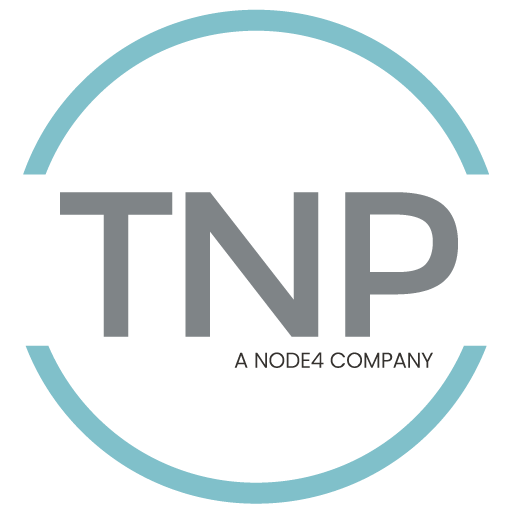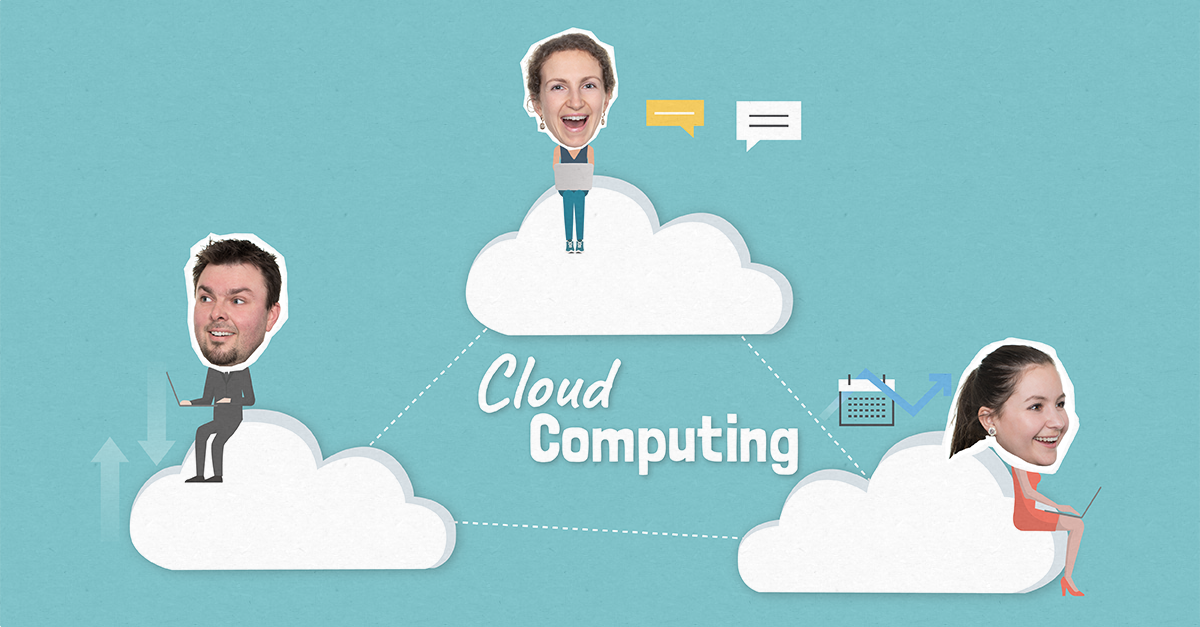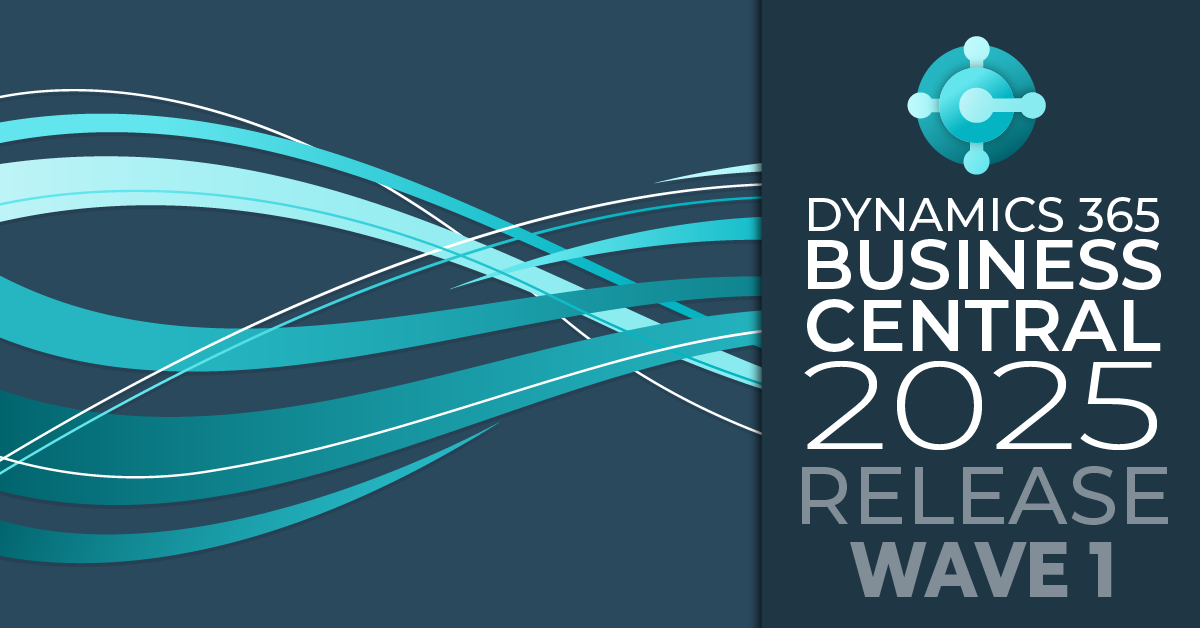Simply put, cloud computing is the delivery of computing services – servers, storage, databases, networking, software, analytics and more – over the Internet (‘the cloud’).
Companies offering these computing services are called cloud providers and typically charge for cloud computing services based on usage, similar to how you’re billed for gas or electricity at home.
This article will help you demystify basic cloud computing jargon and concepts and explain what Microsoft’s cloud platform ‘Azure’ has to offer if you want to host your system in the cloud.
Uses of cloud computing
You’re probably using cloud computing right now, even if you don’t realise it. If you use an online service to send emails, edit documents, watch films or TV, listen to music, play games, or store pictures and other files, it’s likely that cloud computing is making it all possible behind the scenes. The first cloud computing services are barely a decade old, but already a variety of organisations – from tiny start-ups to global corporations, from government agencies to non-profits – are embracing the technology for all sorts of reasons. Here are a few of the things you can do with the cloud:
- Create new apps and services
- Store, back up and recover data
- Host websites and blogs
- Stream audio and video
- Deliver software on demand
- Analyse data for patterns and make predictions
Top benefits of cloud computing
Cloud computing is a big shift from the traditional way businesses think about IT resources. So why is cloud computing so popular? Here are 6 common reasons why organisations are turning to cloud computing services:
1. Cost
Cloud computing eliminates the capital expense of buying hardware and software and setting up and running on-site data centres – the racks of servers, the round-the-clock electricity for power and cooling, the IT experts for managing the infrastructure. It adds up quickly.
2. Speed
Most cloud computing services are provided as self-service and on demand, so even vast amounts of computing resources can be provisioned in minutes, typically with just a few mouse clicks, giving businesses a lot of flexibility and taking the pressure off capacity planning.
3. Global scale
The benefits of cloud computing services include the ability to scale elastically. In cloud speak, that means delivering the right amount of IT resources – for example, more or less computing power, storage, bandwidth – exactly when it’s needed, and from the right geographic location.
4. Productivity
On-site data centres typically require a lot of ‘racking and stacking’ – hardware setup, software patching and other time-consuming IT management chores. Cloud computing removes the need for many of these tasks, so IT teams can spend time on achieving more important business goals.
5. Performance
The biggest cloud computing services run on a worldwide network of secure data centres, which are regularly upgraded to the latest generation of fast and efficient computing hardware. This offers several benefits over a single corporate data centre, including reduced network latency for applications and greater economies of scale.
6. Reliability
Cloud computing makes data backup, disaster recovery and business continuity easier and less expensive because data can be mirrored at multiple redundant sites on the cloud provider’s network.
Types of cloud services: IaaS, PaaS, SaaS
Most cloud computing services fall into three broad categories: infrastructure as a service (IaaS), platform as a service (PaaS) and software as a service (SaaS). These are sometimes called the cloud computing stack, because they build on top of one another. Knowing what they are and how they’re different makes accomplishing your business goals easier.
Infrastructure as a service (IaaS)
The most basic category of cloud computing services. With IaaS, you rent IT infrastructure – servers and virtual machines (VMs), storage, networks, operating systems – from a cloud provider on a pay-as-you-go basis.
Platform as a service (PaaS)
Platform as a service (PaaS) refers to cloud computing services that supply an on-demand environment for developing, testing, delivering and managing software applications. PaaS is designed to make it easier for developers to quickly create web or mobile apps, without worrying about setting up or managing the underlying infrastructure of servers, storage, network and databases needed for development.
Software as a service (SaaS)
Software as a service (SaaS) is a method for delivering software applications over the Internet, on demand and typically on a subscription basis. With SaaS, cloud providers host and manage the software application and underlying infrastructure, and handle any maintenance, such as software upgrades and security patching. Users connect to the application over the Internet, usually with a web browser on their phone, tablet or PC.
Types of cloud deployments: public, private, hybrid
Not all clouds are the same. There are three different ways to deploy cloud computing resources: public cloud, private cloud and hybrid cloud.
Public cloud
Public clouds are owned and operated by a third-party cloud service provider, which delivers computing resources such as servers and storage over the Internet. Microsoft Azure is an example of a public cloud. With a public cloud, all hardware, software and other supporting infrastructure are owned and managed by the cloud provider. You access these services and manage your account using a web browser.
Private cloud
A private cloud refers to cloud computing resources used exclusively by a single business or organisation. A private cloud can be physically located on the company’s on-site data centre. Some companies also pay third-party service providers to host their private cloud. A private cloud is one in which the services and infrastructure are maintained on a private network.
Hybrid cloud
Hybrid clouds combine public and private clouds, bound together by technology that allows data and applications to be shared between them. By allowing data and applications to move between private and public clouds, hybrid cloud gives businesses greater flexibility and more deployment options.
How cloud computing works
Cloud computing services all work a little differently, depending on the provider. But many provide a friendly, browser-based dashboard that makes it easier for IT professionals and developers to order resources and manage their accounts. Some cloud computing services are also designed to work with REST APIs and a command-line interface (CLI), giving developers multiple options.
Azure – Microsoft’s cloud platform
Microsoft’s Azure is a growing collection of integrated cloud services that developers and IT professionals use to build, deploy and manage applications through our global network of data centres. With Azure, you get the freedom to build and deploy wherever you want, using the tools, applications and frameworks of your choice.
Azure offers businesses a number of benefits; you can deploy it anywhere with tools of your choice; protect your business with rigorous security, privacy, compliance and transparency developed by Microsoft; rapidly develop, deploy and manage your apps; and easily uncover business insights with advanced analytics and data services. So, let’s delve into each of those benefits in a bit more detail:
Deploy anywhere with your choice of tools
You can choose how you deploy Azure – connecting cloud and on-premises with consistent hybrid cloud capabilities and using open-source technologies – for maximum portability and value from your existing investments.
1) Build your apps, your way
You are able to use the tools and open-source technologies that you already know and trust because Azure supports a broad selection of operating systems, programming languages, frameworks, databases and devices.
2) Connect on-premises data and apps
Azure offers hybrid consistency everywhere: in application development, management and security, identity management and across the data platform.
3) Extend the cloud on-premises
You can extend Azure to your data centre with Azure Stack, and build innovative hybrid apps across the cloud and on-premises. Use the same APIs, DevOps tools, portal and Marketplace content.
Protect your business with the most trusted cloud
90% of Fortune 500 companies trust the Microsoft Cloud. Azure helps to protect your assets through a rigorous methodology and focus on security, privacy, compliance and transparency.
1) Achieve global scale, in local regions
You can extend your global reach with the cloud service that offers more countries and regions than any other provider. Azure runs on a worldwide network of Microsoft-managed data centres across 40 announced regions.
2) Detect and mitigate threats
You can get a central view of all your Azure resources. Azure Security Center helps you to prevent, detect and respond to threats with increased visibility and control over the security of all your Azure resources.
3) Rely on the most trusted cloud
Microsoft Azure offers the most comprehensive compliance coverage of cloud offerings with 50 compliance offerings!
Accelerate app innovation
You can build simple to complex projects within a consistent portal experience using deeply integrated cloud services, so you can rapidly develop, deploy and manage your apps.
1) Build apps quickly and easily
Whether you’re building internet-scale applications or simple mobile apps, develop and iterate faster and easier using the integrated tools, APIs and analytics in Azure.
2) Manage apps proactively
Use the Azure portal, Application Insights and the Operations Management Suite to gain insights that help you to quickly monitor, iterate, and manage your apps and systems.
3) Deliver mobile apps seamlessly
It’s possible to build mobile apps faster for any popular form factor and operating system using continuous development and DevOps tools such as Xamarin.
Power decisions and apps with insights
Uncover business insights with advanced analytics and data services for both traditional and new data sources. Detect anomalies, predict behaviours and recommend actions for your business.
1) Add intelligence to your apps
Engage your customers in new and interesting ways using artificial intelligence capabilities. With Cognitive Services and the Bot Framework, create the kind of app interactions that feel natural and delight users.
2) Predict and respond proactively
You can make smarter decisions and uncover new possibilities from your structured, unstructured and streaming Internet of Things data using predictive analytics services, such as Machine Learning.
3) Support your strategy with any data
Draw insights from multiple data sources – including ERP and CRM systems, web and big data – and integrate your apps with tools you use every day such as Power BI and Microsoft Excel.
Learn more about how The NAV | 365 People can help with your hosting environment.






.png)